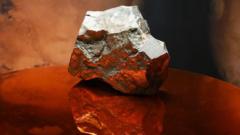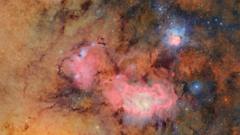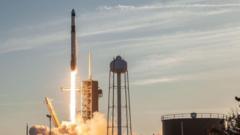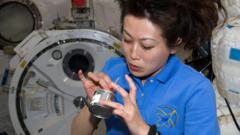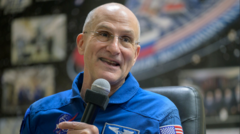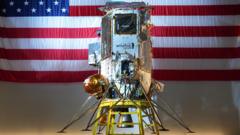In a significant achievement for private space endeavors, the Blue Ghost spacecraft, launched by Firefly Aerospace on January 15, has successfully landed on the Moon, representing a major milestone in commercial spaceflight. Designed to explore the Sea of Crises, a prominent lunar crater, Blue Ghost aims to lay groundwork for future lunar explorations and potential human return missions. This remarkable feat, celebrated by Firefly's team in Texas, follows the inaugural lunar landing by another private firm, Intuitive Machines, whose Odysseus spacecraft encountered difficulties last year. With upcoming missions, including a planned landing by Intuitive's Athena spacecraft, the collaborative efforts between NASA and private companies signal a transformative moment in space research and exploration.
**Private Spacecraft Blue Ghost Successfully Lands on the Moon**
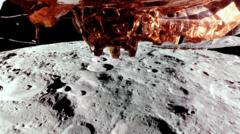
**Private Spacecraft Blue Ghost Successfully Lands on the Moon**
A new era in lunar exploration is marked by the successful landing of the Blue Ghost spacecraft, becoming the second commercial vehicle to reach the Moon's surface.
Dr. Simeon Barber, a planetary science researcher, emphasized Blue Ghost's achievement as a successful venture into deep space, showcasing technology that had been dormant since the Apollo missions. The Moon, with its harsh environment, serves as a critical testing ground for future interplanetary missions, particularly in terms of operating robotic instruments under extreme conditions. While humans last set foot on the Moon in 1972, the new public-private partnerships are expected to reduce costs and stimulate innovations, including resource extraction technologies, which are essential for sustained human presence beyond Earth. The push for commercial competition is not only paving the way for advancements in space travel but is also bringing the vision of establishing a permanent human presence on the Moon closer to reality.

